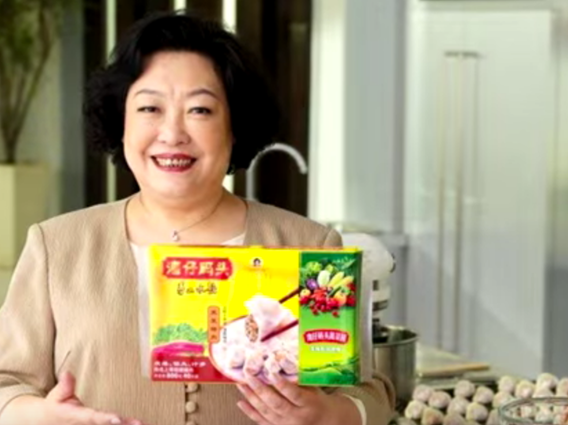
Finding her way, with a food cart
The Wanchai Ferry brand had about as humble a beginning as you can get.
It was 1978, and Zang Jianhe had left a bad marriage in her hometown in northern China and moved to Hong Kong where she and her young daughters faced an uncertain future.
She was working three jobs every day and making it all work – until she fell and broke her back.
“I climbed out of bed after 13 days because all the time I was thinking, I have no job, no work I could do anymore with my broken back. What am I going to do? I’m going to starve to death,” she says.
One of her friends suggested that she sell her delicious dumplings. And that’s exactly what Zang did.
But it wasn’t easy.
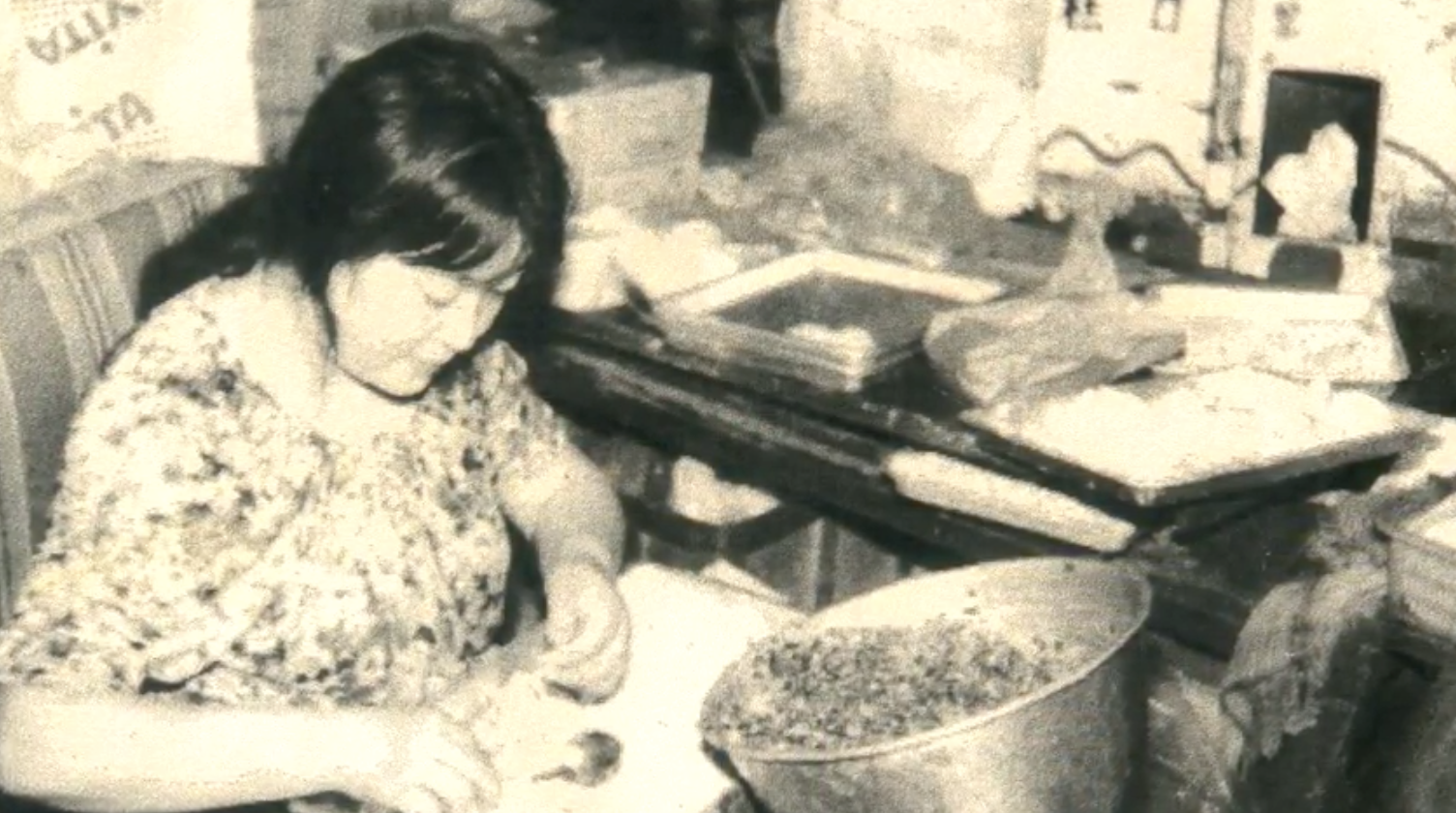
“My first time out pushing my cart to the Wanchai Ferry Pier, that trip felt as long as the Great Wall,” she recalls. “First, I didn’t know how to get there, so I stumbled along. Second, I felt all eyes were on me. And there seemed to be a voice in my head saying how did you ever lose your way to get to this point?”
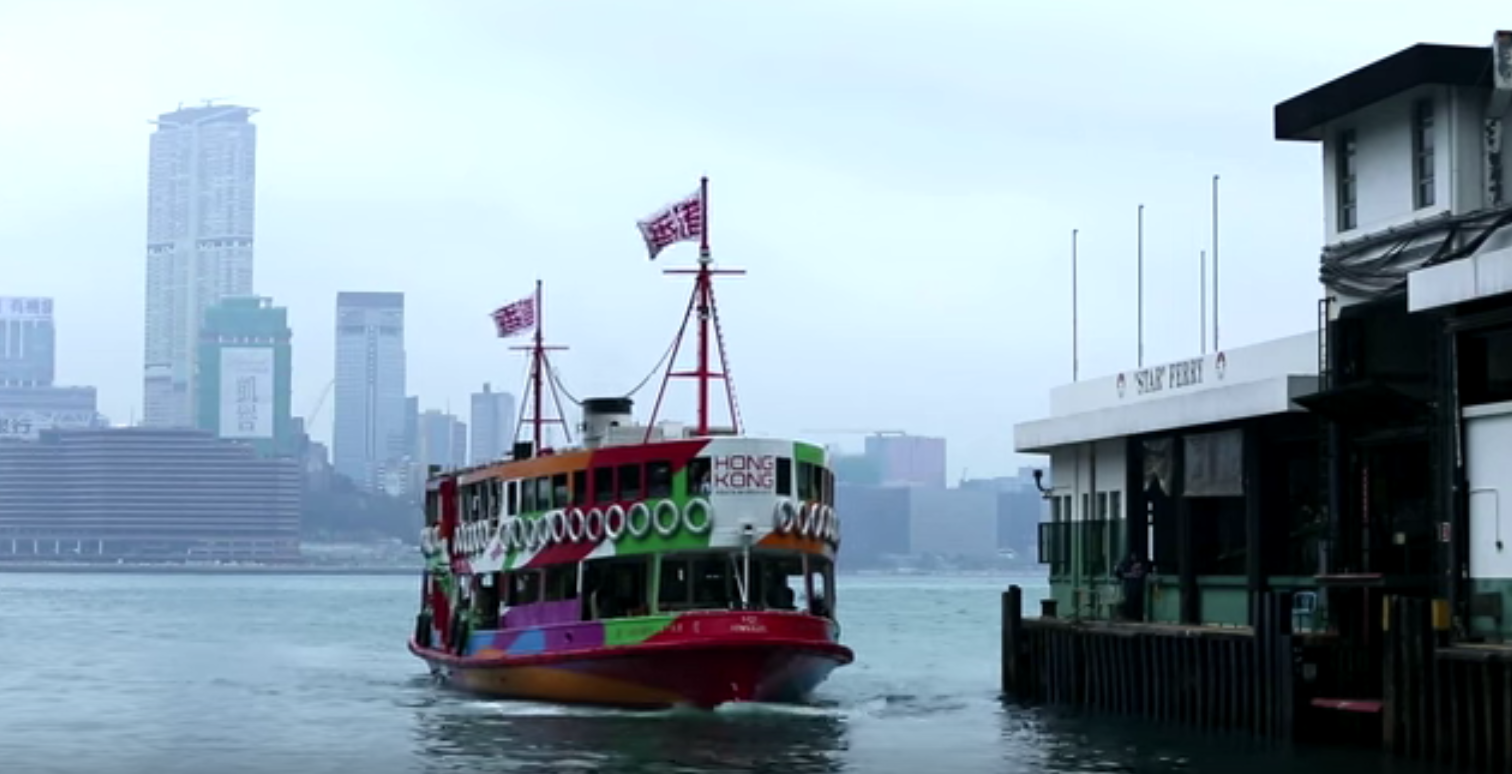
On that first day, a group of young men purchased dumplings from Zang.
“I finally wrapped the five bowls of dumplings. I honestly can say that in my 30 some years of selling my dumplings, they were my worst. The skins were thick and not round,” she says. “A guy took a bite and said ‘Wow, so delicious!’ That young man’s praise strengthened my resolve and confidence to go on.”
The Wanchai Ferry brand was born, because the love for her dumplings quickly went beyond more than just one man. Zang gained a positive reputation with customers and she became known around the Wanchai Ferry Pier as “Madame Chong.”
Hear from her, in this video.
Fueled by feedback
But it wasn’t only satisfied customers who fed her passion for quality dumplings. She also credits her critics for her dumpling’s great taste.
“These dumplings taste as good as they do today because of the many suggestions and tips I got from Hong Kong consumers,” she says. “I treat my critics as my best of friends, because only they can help me improve and oversee my quality.”
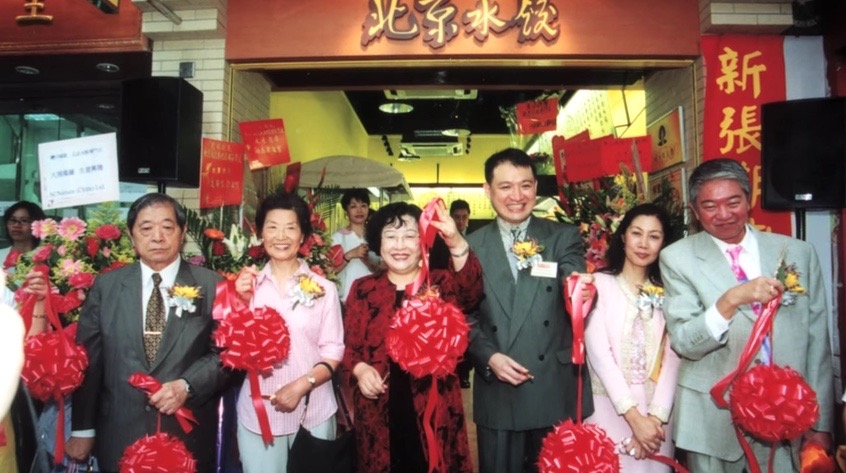
After Zang opened her first store in the Wanchai Ferry district, she began to supply a Japanese supermarket and she opened a plant and hired workers.
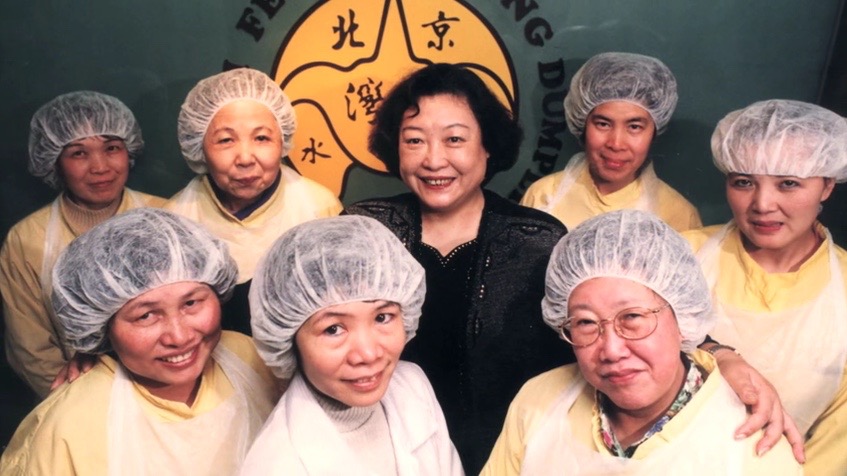
In 1997, she partnered with Pillsbury to help grow her business.
With Pillsbury, and later General Mills after the Pillsbury acquisition, Wanchai Ferry grew fast and so did Madame Chong’s reputation. Hong Kong media have called her “The Dumpling Queen.” Business and government leaders honored her and sought out her story.
In 2007, Wanchai Ferry became our first effort to introduce international products to the U.S. when a line of the brand’s dinner kits was launched.
Zang remains active, in charities and the business, and is passionate about quality and her consumers who have made Wanchai Ferry a global brand of authentic taste.
“How Wanchai Ferry has come to be so good is a secret that’s well known. I use only the very best ingredients and my very best effort,” she says. “That’s how I make a product my customers can eat and be happy about.”
Today, Wanchai Ferry’s product line has grown to include dozens of flavors of dumplings, wontons and other traditional Chinese foods.
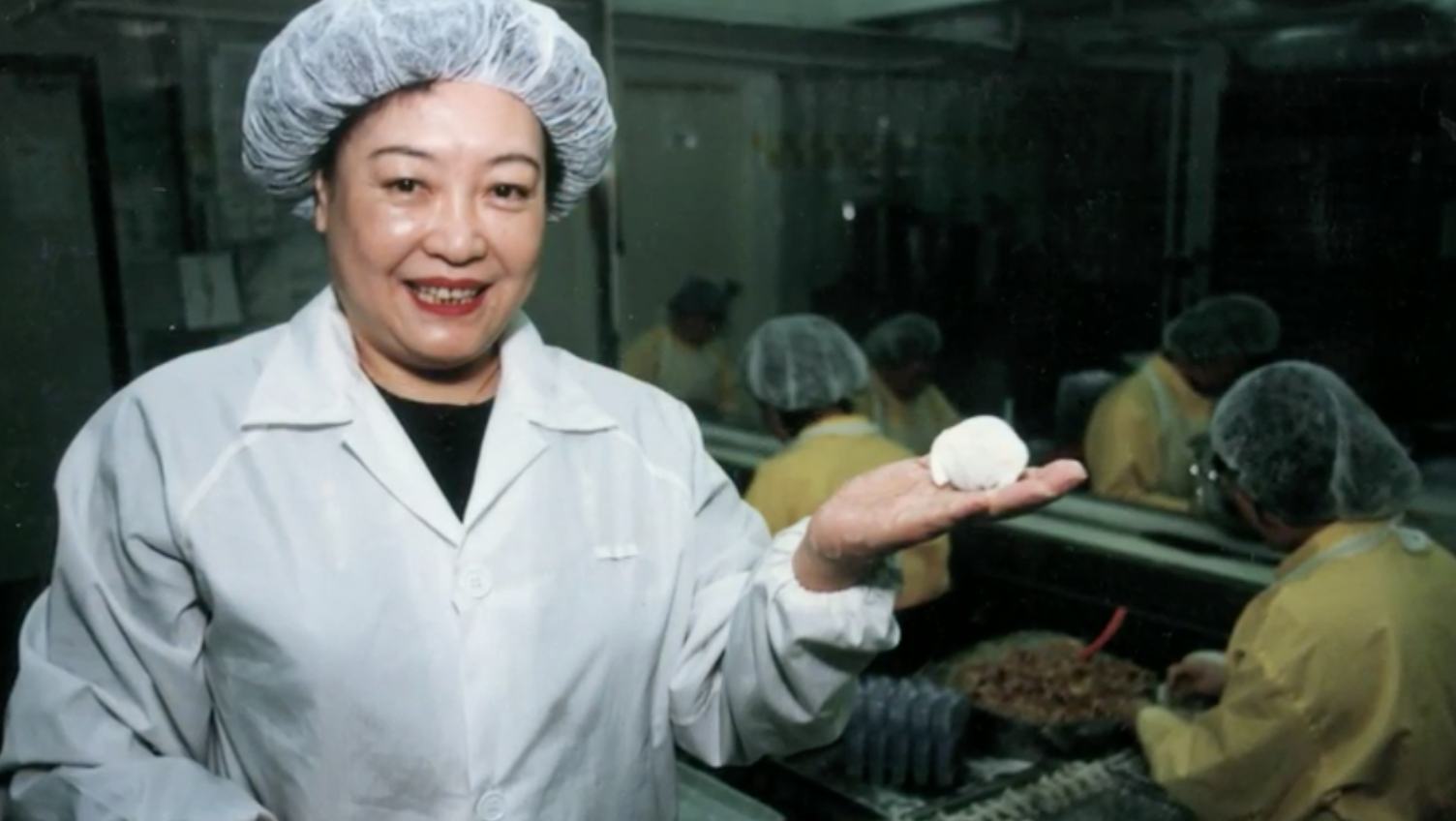
“Those who ate my dumplings helped me to live and they were my friends,” says Zang. “So, in my heart I thought I wasn’t selling dumplings, I was making dumplings for my friends to show my gratitude.”
Editor’s note: Madame Chong died in February 2019.
